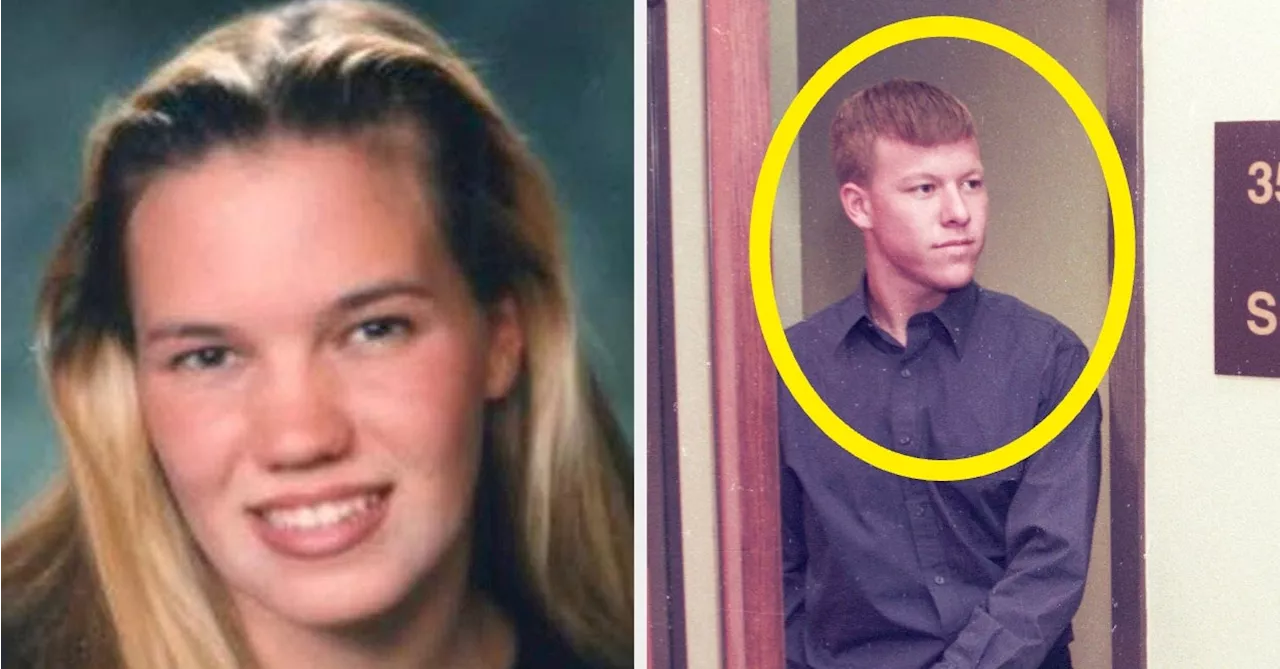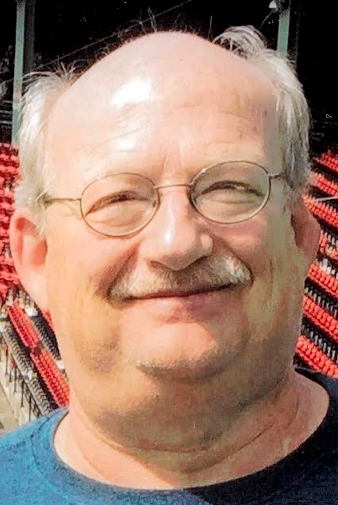URGENT UPDATE: Revolutionary DNA technology has shattered the silence surrounding several cold cases, revealing shocking truths about killers’ identities. Just confirmed, multiple investigations have led to arrests and new leads in cases that have haunted families and law enforcement for decades.
In a groundbreaking development, authorities in Los Angeles have identified a former LAPD detective and his ex-girlfriend as the killers of a woman previously believed to have been murdered under mysterious circumstances. This revelation follows a DNA test that uncovered the chilling truth behind a case that remained unsolved for years.
Meanwhile, in Chevy Chase, Maryland, detectives cracked the 2001 murder of mother and wife Leslie Preer through a public genealogy database. A distant relative of the suspect led investigators to a former neighbor, who has since pleaded guilty to second-degree murder.
“I blacked out,”
said the suspect, revealing the harrowing circumstances that took Preer’s life.
In another chilling case, the murder of Kristin Smart in 1996 has finally seen justice. After decades of investigation, authorities charged Paul Flores, the last person seen with her, based on new forensic evidence, leading to his conviction in 2022.
The case of April Tinsley, who disappeared in 1988, was also resolved when DNA phenotyping linked her killer, John D. Miller, to the crime. His confession brought closure to a community that had suffered for 30 years, demonstrating the power of modern forensic techniques.
In New York, the notorious cold case surrounding the murders of multiple women along Ocean Parkway has taken a dramatic turn. Investigators have identified Rex Heuermann as the prime suspect through advanced forensic tools, including DNA from a discarded pizza box. Charged with seven murders, Heuermann’s trial is scheduled for 2026, as authorities continue to search for additional victims.
These recent breakthroughs underscore a pivotal moment in criminal investigations, where cutting-edge DNA technology is transforming how cold cases are solved. The emotional toll of these unsolved mysteries has weighed heavily on families and communities, but now, thanks to relentless detective work and scientific advancements, many are finally seeing justice served.
As authorities continue to pursue leads in these cases, the potential for further revelations looms large. The use of genealogy databases and forensic genealogy is expected to expand, leading to more cold cases being solved in the coming years. Stay tuned for more updates as these developments unfold.







